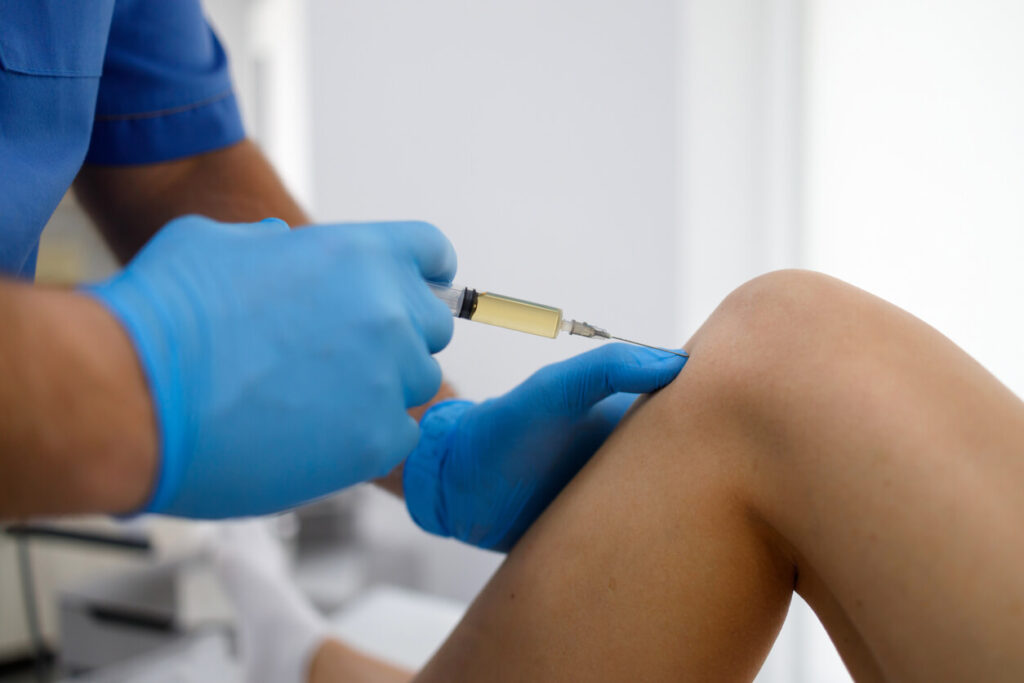Regenerative medicine and its innovative offshoot, regenerative aesthetics, have captivated the scientific community for the past 15 years. This burgeoning field has sparked interest due to groundbreaking studies, such as those involving heterochronic parabiosis, which suggest the presence of circulating factors that could potentially rejuvenate aging tissues. While stem cells have long been recognized for their remarkable regenerative properties, challenges related to their extraction, cultivation, and maintenance persist.
Recent advancements have illuminated the role of exosomes, or extracellular vesicles (EVs), which range from 30 to 150 nm in size. These vesicles have emerged as a pivotal mode of communication between tissues, suggesting they may hold the key to harnessing regenerative effects without the complications associated with stem cell therapy. Researchers have begun to explore the use of stem cell supernatants to generate desirable EVs, heralding a new frontier in aesthetic treatments.
Preclinical studies have demonstrated that EVs can significantly enhance fibroblast function and expedite wound healing. These findings underscore the potential of EVs in regenerative aesthetics, offering a promising avenue for non-invasive treatments that could rejuvenate skin and improve overall appearance. However, despite the enthusiasm surrounding the application of EVs in aesthetics, clinical studies remain limited.
The excitement surrounding EVs should be tempered with a healthy dose of realism, as there is a notable scarcity of commercially available treatment products and a lack of robust scientific evidence to support their widespread use. As the field continues to evolve, it is crucial for researchers and practitioners alike to remain vigilant in navigating the balance between innovation and evidence-based practice.
The insights shared in this article draw from the expertise of Amy Forman Taub, whose contributions to the field of regenerative aesthetics are invaluable. She is affiliated with the Institute Advanced Dermatology and the Department of Dermatology at Northwestern University Medical School. As the research progresses, it will be essential to keep an eye on future developments in this exciting domain, particularly as we learn more about the full potential of exosomes in regenerative medicine and aesthetics.


